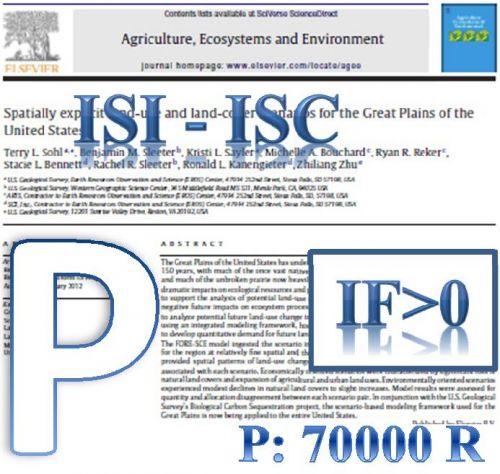Distinguishing the co-ancestries of haplogroup G Y-chromosomes in the populations of Europe and the Caucasus
نویسندگان : Siiri Rootsi Natalie M Myres Alice A Lin Mari Ja¨rve Roy J King Ildus Kutuev Vicente M Cabrera Elza K Khusnutdinova Ka¨rt Varendi Hovhannes Sahakyan Doron M Behar Rita Khusainova Oleg Balanovsky Elena Balanovska Pavao Rudan Levon Yepiskoposyan Ardeshir Bahmanimehr Shirin Farjadian Alena Kushniarevich Rene J Herrera Viola Grugni Vincenza Battaglia Carmela Nici Francesca Crobu Sena Karachanak Baharak Hooshiar Kashani Massoud Houshmand Mohammad H Sanati Draga Toncheva Antonella Lisa Ornella Semino Jacques Chiaroni Julie Di Cristofaro Richard Villems Toomas Kivisild19 Peter A Underhill
Haplogroup G, together with J2 clades, has been associated with the spread of agriculture, especially in the European context. However, interpretations based on simple haplogroup frequency clines do not recognize underlying patterns of genetic diversification. Although progress has been recently made in resolving the haplogroup G phylogeny, a comprehensive survey of the geographic distribution patterns of the significant sub-clades of this haplogroup has not been conducted yet. Here we present the haplogroup frequency distribution and STR variation of 16 informative G sub-clades by evaluating 1472 haplogroup G chromosomes belonging to 98 populations ranging from Europe to Pakistan. Although no basal G-M201* chromosomes were detected in our data set, the homeland of this haplogroup has been estimated to be somewhere nearby eastern Anatolia, Armenia or western Iran, the only areas characterized by the co-presence of deep basal branches as well as the occurrence of high sub-haplogroup diversity. The P303 SNP defines the most frequent and widespread G sub-haplogroup. However, its sub-clades have more localized distribution with the U1-defined branch largely restricted to Near/Middle Eastern and the Caucasus, whereas L497 lineages essentially occur in Europe where they likely originated. In contrast, the only U1 representative in Europe is the G-M527 lineage whose distribution pattern is consistent with regions of Greek colonization. No clinal patterns were detected suggesting that the distributions are rather indicative of isolation by distance and demographic complexities.
کلید واژگان :Y-chromosome; haplogroup G; human evolution; population genetics
ارزش ریالی : 1200000 ریال
با پرداخت الکترونیک
